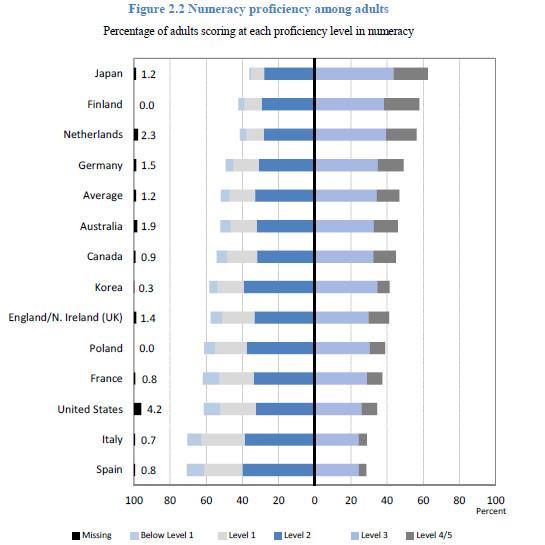Some estimates show the learning industry to be in excess of $150 billion and growing. It clearly shows that there is a huge demand for learning content and solutions across the board. The question, however, is whether we are able to derive the desired value from the investment. There is mounting realization that it must provide ROI and that the investment should lead to improvements in business performance. The organizations seeking learning solution and those providing it seem and claim to be focused on the crystal ball. Arguably, there has never been a perfect standard measurement system that could be used across the board to demonstrate that it always worked as desired. Given the subjectivity and difficulty of measurement involved, it will perhaps never be. However, the value will increase and business performance will improve manifolds as a result of learning/training intervention. It will be beneficial to take a holistic view of the situation and drive the initiative and intervention as a continuous change management process rather than by saying, “Because your people need to be trained quickly and cost effectively, you should invest in eLearning, use an LMS, implement mobile learning, and have a collaboration tool in place—one or a combination of these.”
Understand the beast
Ideally, in every organization, people need to perform certain tasks/roles at various levels to achieve targets and business outcomes. People who perform those tasks and roles have the required skills. There is a review mechanism to ascertain how people performed in terms of outcomes. Performance review against targets, for a person as well as external factors, suggests improvement areas to address any performance gaps. Typically, a lot of training/learning comes into play at this stage. Organizations either build or buy solutions to address performance gaps.
The above ‘routine’ happens with varying degrees of success depending on how well we execute each step and more. However, due to shifting business priorities and other dynamics, tasks to be performed change and the roles also go through transformation. As a result, some of the roles become redundant, some need redefinition, while some skills don’t remain relevant and some others need to be acquired to solve the changing business challenges. Since reviews happen on the target vs. achievement of the work done in the past, it often doesn’t always lead to the kind of clear-cut improvement in areas that must be addressed to meet the changing needs. In the process, some of the internal and external interventions often become dated. This is happening now at a much quicker pace than ever before, and organizations with shifting priorities need better alignment of resources.
Know that it keeps evolving to pose new challenges
The business situation changes often without people realizing it up front. Interestingly, the problem areas to be addressed also don’t stay the same as they are driven by the changing context, most often through control of the organization and hence, most often not on the radar. So the problems identified and solutions implemented at a point in time, don’t stay perpetually meaningful. The new problems could well present themselves in a completely different garb the next time around.
Hence, even if an ideal situation exists, (which is never the case), with respect to what improvement areas are required for people assessed at variously stipulated times, it is not always necessary that the interventions are in line with the changing context and effective too.
Picture this
A glaring example of this changing context creating gaping holes without anybody continually realizing it is the skills situation in the US, in the changing business, technology, and globalization scenario.

Source: OECD (2013), Time for the U.S. to Reskill?: What the Survey of Adult Skills Says, OECD Skills Studies, OECD Publishing. http://dx.doi.org/10.1787/9789264204904-en

Source: OECD (2013), Time for the U.S. to Reskill?: What the Survey of Adult Skills Says, OECD Skills Studies, OECD Publishing. http://dx.doi.org/10.1787/9789264204904-en
Per the Organisation for Economic Co-operation and Development (OECD) survey of 2013, the US was ranked at the 7th position in literacy and 11th in numeracy skills among the top 13 countries. The US ranks below Korea and is only just ahead of Poland, Spain, and Italy.
One in six US adults has low literacy skills. Approximately one in three has poor numeracy skills against an average of one in five across countries. (See Figures 2.1 & 2.2)
If this can happen in one of the most developed economies of the world, we can well imagine the situation in other places (both companies and institutions).
Make it a part of your change management process
Thus, standalone and fringe solutions of eLearning, ILT, mobile learning, and collaboration platforms etc., or a combination of these is perhaps not the complete answer. Learning and skill enhancement should rather be seen as part of a larger continuous change management process instead of dollops of learning content and learning technology solutions. This holistic approach to constantly analyze the ever-evolving business scenario and putting in place continuous improvement mechanisms as part of the larger change management process can only bring about qualitative and quantitative improvements in performance and create a much desired ROI.
So, now is the time to MODERNIZE and keep at it!




